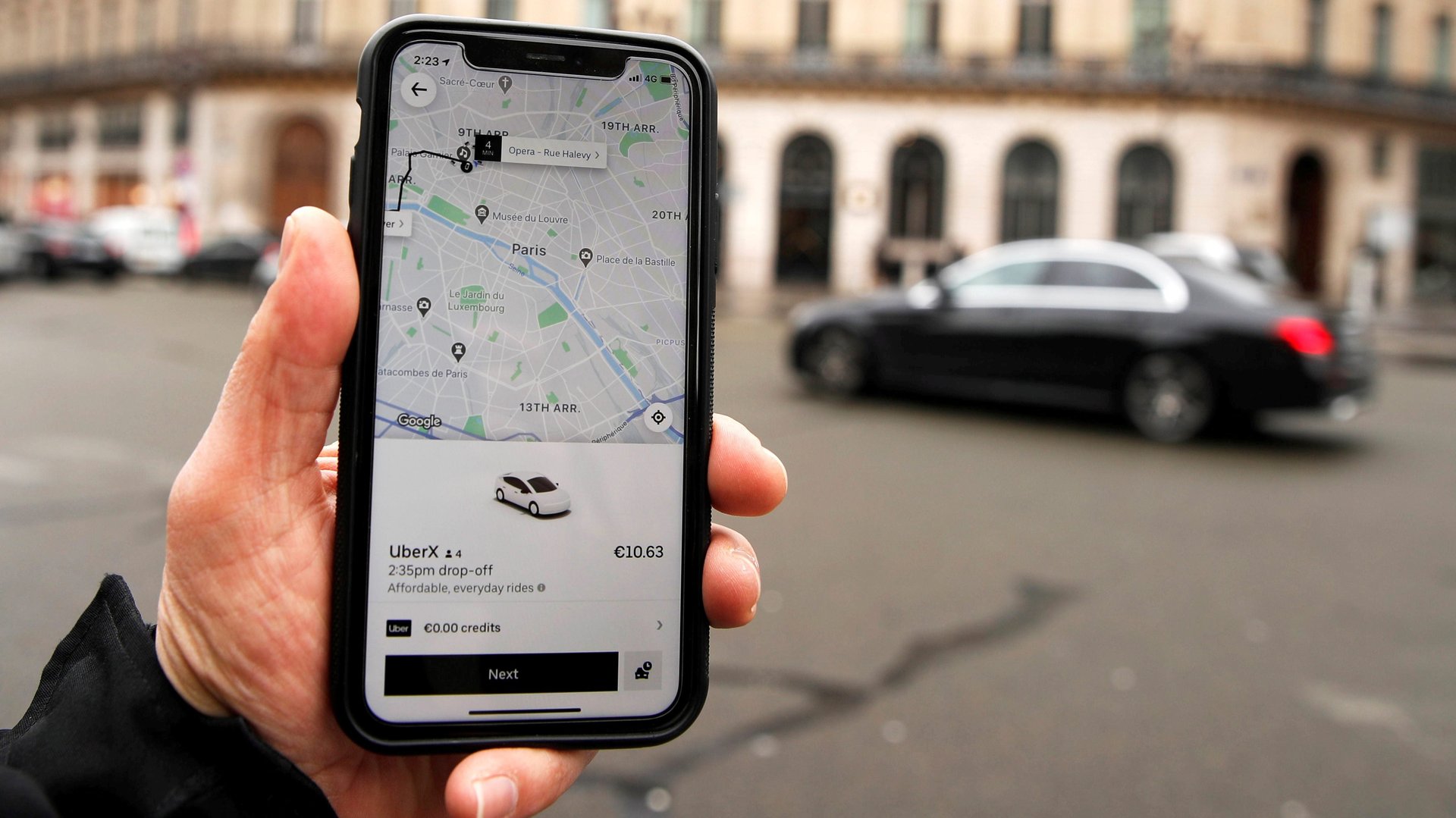Taking an Uber is worse for the climate than driving in your own car
Trips in ride-share cars are more damaging to the climate, and impose a greater cost to society in terms of traffic congestion and public safety, than journeys in private vehicles, according to a new study from engineering and public policy researchers at Carnegie Mellon University.


Trips in ride-share cars are more damaging to the climate, and impose a greater cost to society in terms of traffic congestion and public safety, than journeys in private vehicles, according to a new study from engineering and public policy researchers at Carnegie Mellon University.
The researchers gathered public data on rides with Uber, Lyft, and other services in Austin, Chicago, New York, and cities in California. Using a computer model to simulate 100,000 trips, they painted a representative picture of journey lengths, the time spent in between rides (known as “deadheading”), and the types of vehicles used by drivers.
What is deadheading?
They also drew on existing research to convert impacts like greenhouse gas emissions, air pollutants, traffic, noise, and collisions into dollar figures—the external costs to society that aren’t included in the passenger’s fee. They found that, on average, any given ride-share trip imposes 30-40% greater social costs than the same trip made in a personal vehicle, a difference of about $0.35.
In terms of carbon footprint, and although ride-share vehicles are typically newer and more fuel-efficient than the average passenger vehicle, per-trip emissions from ride-share vehicles were about 20% higher than those in personal vehicles.
The main reason for the difference is deadheading, said Jeremy Michalek, one of the study’s authors. On average, deadheading accounted for 43% of total drive time—time spent producing carbon emissions, blocking traffic, and being at risk of accidents that a person driving their own vehicle would avoid.
Ride-shares did beat personal vehicles on one key metric: Air pollution. That’s because cars produce a burst of pollution every time the engine is started; previous research has found that cold-start air pollution is roughly equal to driving a car 200 miles, Michalek said. Since Ubers run more or less continuously, they avoid that.
How to reduce the climate impact of ride-sharing
Taking any form of public transit is still vastly preferable on all counts, Michalek said.
But since there are cases when ride-sharing is necessary or safer—after drinking, for example—Michalek’s research points to steps local governments could take to reduce social externalities.
One is to reduce deadheading by creating more public pickup points in places where many people are likely to be looking for rides. Another is to encourage shared group trips, which can tip the math in favor of ride-sharing; the city of Chicago, for example, taxes Uber Pool at a lower rate than standard Uber trips. Electric rides-hare vehicles make a bit of difference, depending on how the electric grid is powered, but because of other externalities they are only marginally better than private vehicles.
Although it may not be politically realistic, the best option, Michalek said, is to incorporate these external costs into the fees app users have to pay—put an additional dent in ride-sharers’ wallets, in other words—and let them make up their own minds.